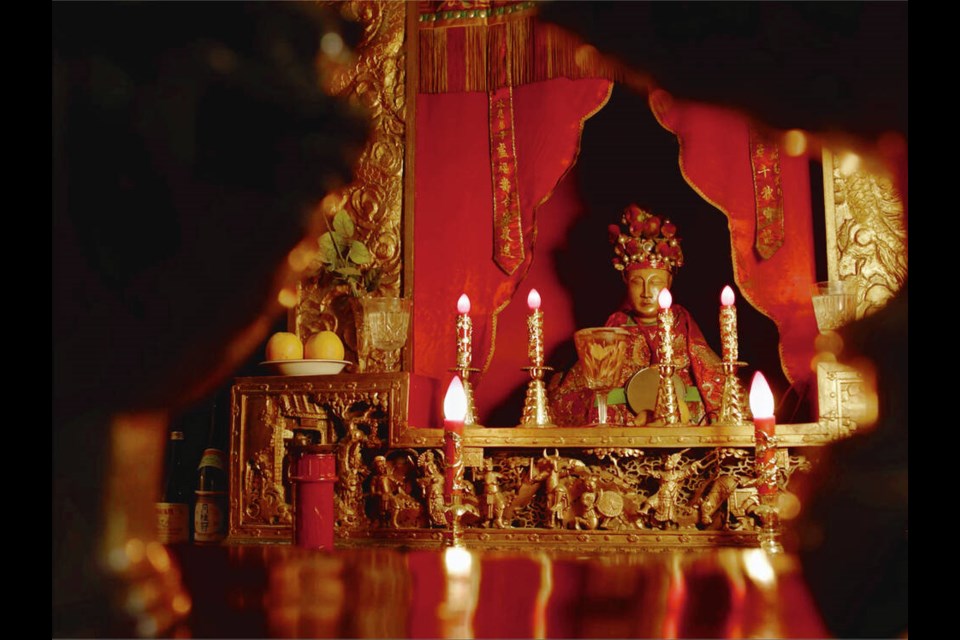The Tam Kung temple on Government Street, the oldest operating Chinese temple in the country, is a point of pride for Victoria’s Chinatown and the city.
But less is known about the Hakka people who built the temple and continue to be its caretakers.
A short documentary profiling the women preserving the Hakka ways in Victoria will make its local debut this weekend. Benevolence features temple caretakers and local Hakka community members Nora Butz, Jackie Ngai, and Gayle Nye.
Director Kevin Matthew Wong, a second-generation Hakka-Chinese Canadian, said the documentary turns the spotlight on the Hakka-Chinese peoples in Canada, who came to the country from the Caribbean, India, Taiwan and China.
The Hakka people have a 2,000-year history of migration from their homelands in what is now northern China. In Chinese, the word Hakka can be translated as “guest people.”
“It was so significant for me to be learning Chinese history and Hakka history in Canada,” said Wong. Hakka traditions and culture are at risk of being lost in today’s pan-Chinese, pan-Asian identity, he said. “How we deal with the impending loss of our spaces, our elders, and all of that knowledge.”
The Hakka were among the early settlers of B.C. and Victoria, but fewer than 90 people in the capital region speak the Hakka language today, according to the 2021 census from Statistics Canada.
Out of the 14,000 Sino-Tibetan language speakers in Greater Victoria today, only 35 people consider Hakka as their mother tongue.
But a century ago, the Hakka community was a significant force in Victoria.
Chu Lai, a Guangdong-born Hakka community leader who ran the Wing Chong & Co trading company store at Store Street and Cormorant Street, was one of the wealthiest people in B.C. when he died in 1906.
He had an estimated net worth of $500,000 — equivalent to about $13 million today.
During his time in Victoria, Chu contested B.C.’s Chinese Regulation Act, raised money to reform the Qing Empire, and was a member of Victoria’s Chinese Consolidated Benevolent Society, then the de-facto political representatives for overseas Chinese in Canada.
Nye, whose great-grandfather Ngai Sze initially erected Victoria’s Tam Kung temple in 1876, said the documentary will resonate with all immigrants who came to Canada and built a community. “I’m really thankful for my forebears, those who were brave and looked across the ocean.”
Wong said he filmed Benevolence in part to raise awareness that the Yen Wo Society, the current caretakers of the Tam Kung temple, are in need of money for repairs to the 112-year-old building.
Wong is working to turn the documentary into other mediums, too. At Sunday’s viewing, Wong will read parts of a solo play developed with Tarragon Theatre, also titled Benevolence. A museum installation for Toronto’s Market Gallery this summer is in the works.
The premiere will be held at the Chinese Community Services Centre at 655A Herald St. and starts at 2 p.m. on Sunday. Admission is free, with an opportunity to donate to the Tam Kung Temple preservation fund.
>>> To comment on this article, write a letter to the editor: [email protected]




